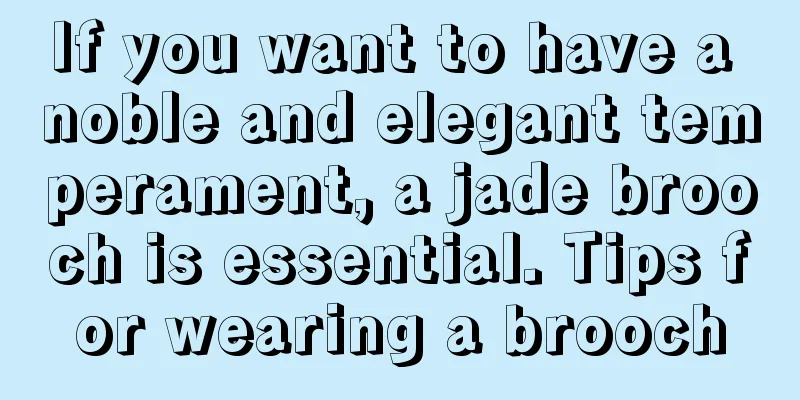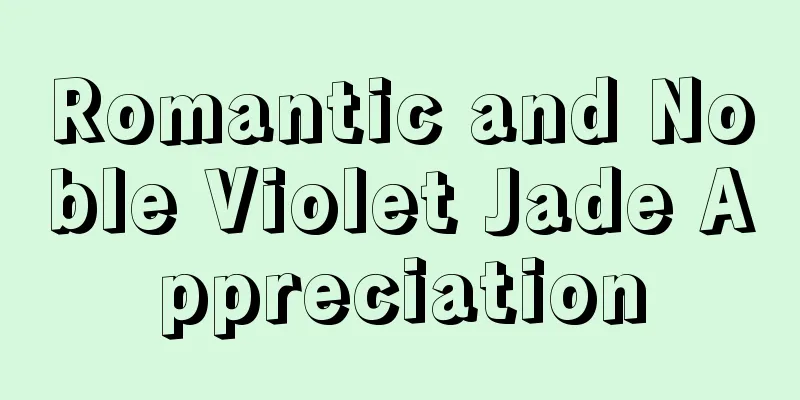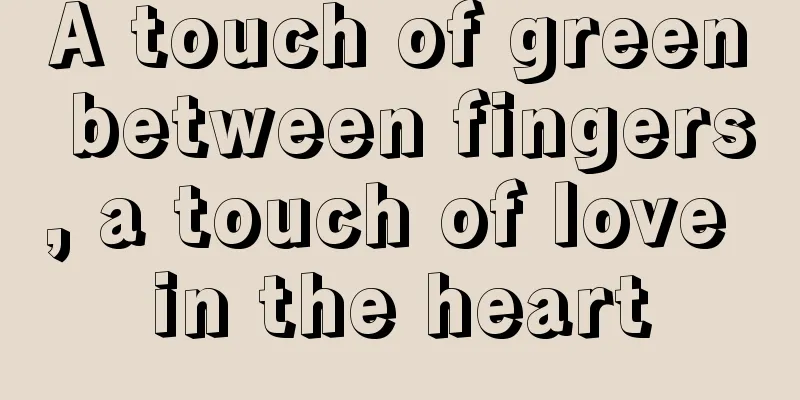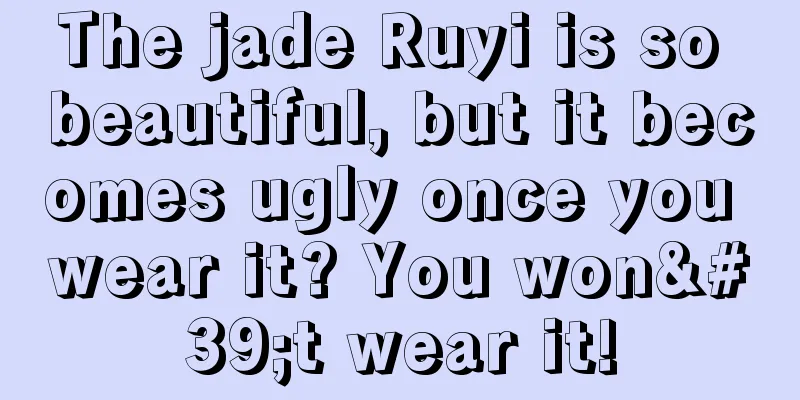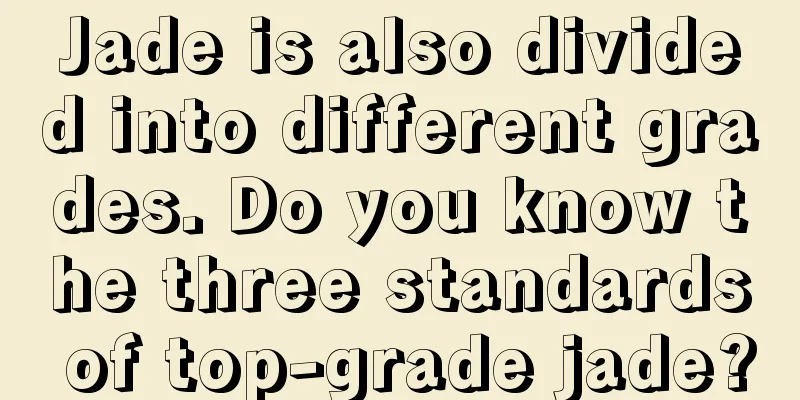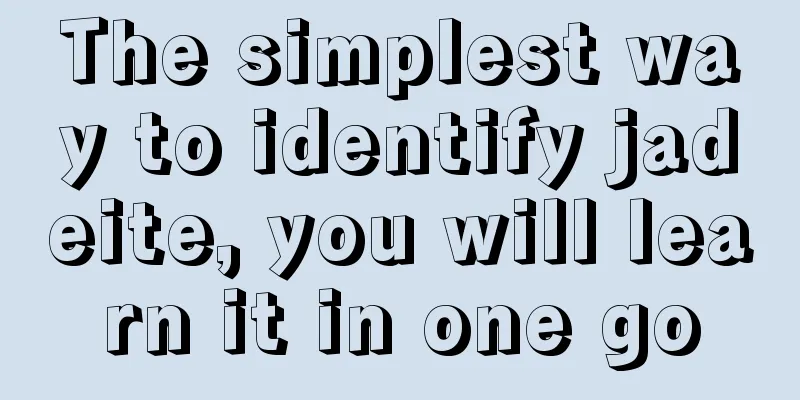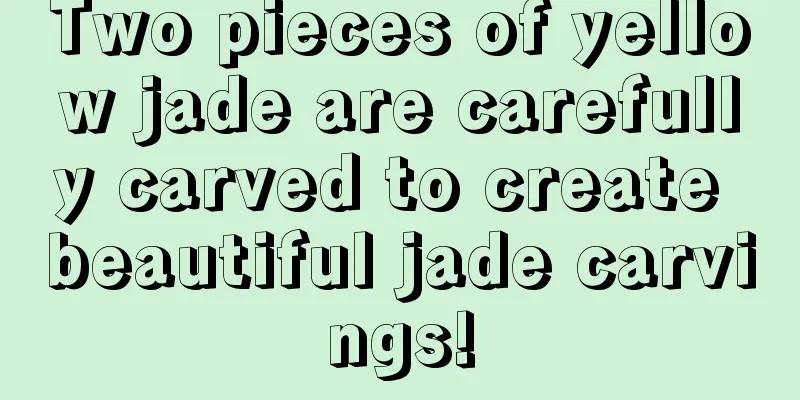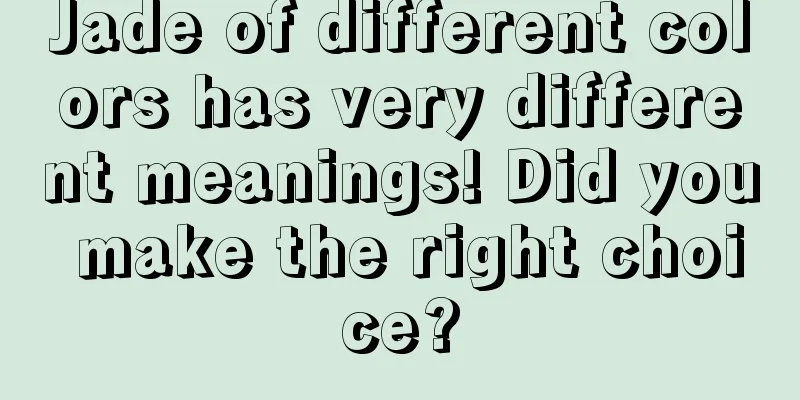Evaluation of Jadeite Craftsmanship——Evaluation of Plain Surface

|
Exquisite craftsmanship can highlight the beauty of jade raw materials and give jade higher value. Here the evaluation can be divided into plain and carved pieces. Evaluation of plain surface: The evaluation of jadeite plain surface includes appearance outline, proportion, symmetry, size and polishing. 1. The contour shape requires a smooth and flowing arc surface. 2. Proportion, just like a person’s body must have a fixed proportion. The cutting proportions are mainly determined by what looks good. After all, jade raw materials are precious and it is difficult to achieve perfect proportions. (Except for low-grade jadeite) 3. Symmetry, that is, the ring faces must be symmetrical up and down, left and right, and not skewed. The curvature of the ring faces made in Myanmar in the early days were all skewed, in order to save jade materials, which lost their beauty. 4. Size: This is the main factor in evaluating the value of jadeite, including weight, volume and thickness. The larger the volume, the higher the value, and the price does not increase in geometric progression. Size includes the weight and size (length, width, and thickness) of the jade. The price of making one Guanyin and two Guanyins from the same piece of material will certainly be different. An old pit glass-type egg-shaped jadeite is more than twice as expensive as a cabochon of the same quality that is twice as large. Saddle rings that are thin are easy to crack, and jade that is too thin will mostly be filled with glue, so the thickness ratio is also very important. 5. Polishing. The best visual effect is required to be "glowing" or "fluorescing". Generally, the better the texture, the better the gloss (glass type or ice type). With modern technology, polishing is not a problem and old materials can also be re-polished. The following comments can be applied to evaluate the outline, symmetry, proportion and polish. There are four levels of evaluation: excellent, very good, good and average. When evaluating bracelets, please refer to the above. Note that bracelets from the late Qing Dynasty and early Republic of China are not very round and will lose their historical value if re-polished. The most feared thing about bracelet cutting is unbalanced proportions, for example, a large diameter and small width, a small wrist circumference but a wide surface. The inner diameter of the round jade bracelet is 54~56mm and the width is 9~14mm. The inner diameter of the flat jade bracelet is 52-60mm and the width is 9-20mm. The inner diameter of the goose egg jade bracelet is 40-45 or 52-56mm, and the width is 8-10mm. Okay! That’s all for this issue! Thank you for watching and paying attention!
fruit fcgc33 |
<<: Is waxed jade fake? What is optimized jade?
>>: How can a jade novice buy good jade? Full of useful information
Recommend
Everyone has their own opinions. Is old jade worth buying?
Old jade, as the name suggests, refers to jade th...
What are the stone flowers of jade?
The so-called stone flower refers to the floc-lik...
How much does a Qingshui jade bracelet cost? Where is the most reliable place to buy Qingshui jadeite?
Common Qingshui jadeite almost all have light gre...
What is Jadeite Qingshui?
Qingshui jade refers to one of the colloquial ter...
Understanding A, B, B+C and C grade jadeite
Who among those who like to collect or wear ornam...
When choosing jadeite, should you choose the quality or the color?
As the saying goes, "Nine out of ten jades h...
There are so many things to pay attention to when using jadeite Pixiu. If you make a mistake, you won’t be able to attract wealth.
Pixiu is one of the sacred beasts in Feng Shui. T...
The meaning of jade to people
Green and fresh Green is the soul of jade. The be...
Color is not everything about jade
When it comes to full-green jadeite, I believe th...
The real top-grade jade has reached the extreme in these three aspects, and it is hard to come by!
Although jade is a high-quality jade, its quality...
Flaws become highlights! Amazing jade carving creativity!
Defects are one of the problems that must be face...
How much do you know about floating flowers in jadeite?
What is floating flower jadeite? As the name sugg...
The jade brick material is so ugly that it reaches a new level. The jade carver skillfully transforms it into "The Great Way Is Infinite"!
Everyone who plays with jade knows that a good pi...
Revealed! How are glass jadeite bracelets worth tens of millions made?
Top grade glass jadeite bracelet Production proce...
Terminology and standards for evaluating and purchasing jadeite
1. Color evaluation: Bright and uniform Positive:...
